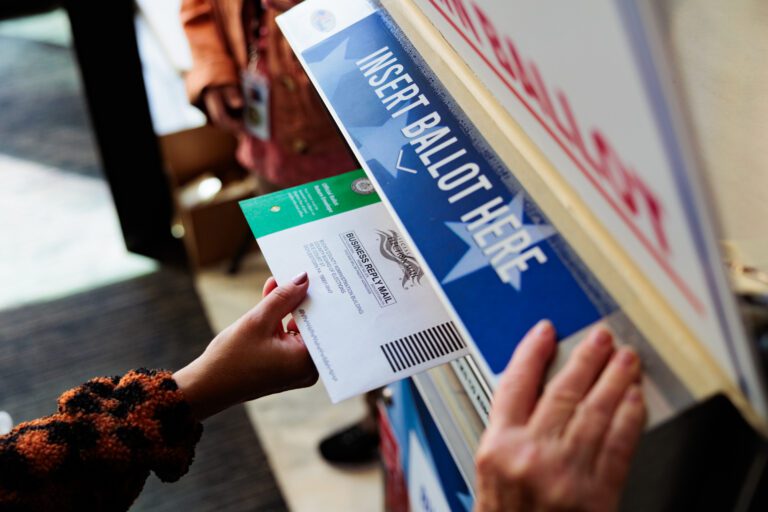Trump’s Push to Ban Mail-in Voting: A Controversial Move Ahead of the 2026 Elections
Former President Donald Trump has announced his intention to initiate a movement aimed at banning mail-in voting as part of preparations for the upcoming 2026 midterm elections. In a recent post on Truth Social, Trump emphasized that he will be issuing executive orders to guide this effort, positioning states as "agents" of the federal government when it comes to election processes.
The Narrative Behind the Ban
Allegations of Fraudulent Voting
Trump has been persistent in his belief that fraudulent mail-in ballots were a significant factor in his loss during the 2020 presidential election. Despite numerous investigations finding no evidence to support these claims, he continues to argue for an end to mail-in voting.
Statistics on Mail-in Voting
- Out of 15 states that monitored mail-in versus in-person voting during the 2020 election, 13 states recorded double-digit margins favoring Democrats for mail-in ballots.
- However, President Joe Biden won only seven out of those 15 states.
Currently, every state allows voting by mail under specific conditions, raising questions about the necessity of an overall ban.
Trump’s Proposed Changes
In his announcement, Trump has outlined several specific voting reforms:
- Ban on Absentee Ballots: Trump advocates removing the option for absentee ballots entirely.
- Elimination of Voting Machines: He criticizes what he describes as "highly inaccurate" and "expensive" voting machines, promoting the use of watermark paper as a more reliable option.
Quotes from Trump
In his lengthy message, he stated:
"I am going to lead a movement to get rid of MAIL-IN BALLOTS, and also, while we’re at it, Highly ‘Inaccurate,’ Very Expensive, and Seriously Controversial VOTING MACHINES."
He alleges that these machines "cost ten times more than accurate and sophisticated Watermark Paper."
Misconceptions About Mail-in Voting Globally
Trump inaccurately claims that the United States is unique in allowing mail-in ballots. In reality, at least 34 countries, including major democracies like Canada, the United Kingdom, and Germany, permit some form of mail-in voting.
Legal and Political Challenges Ahead
Trump’s proposed effort to ban mail-in ballots through executive order is likely to face immediate legal hurdles. The legal framework under the Constitution’s States and Elections Clause states that individual states have the authority to determine the methods of conducting elections. Congress maintains the authority to create laws around election regulations.
Statements from Trump
In his post, Trump asserted:
"Remember, the States are merely an ‘agent’ for the Federal Government in counting and tabulating the votes."
This assertion raises foundational questions about the relationship between state and federal election authority.
The Impact of International Views
Trump’s renewed focus on mail-in voting follows a recent claim that Russian President Vladimir Putin indicated that mail-in ballots were responsible for his election loss. During an interview with Fox News, Trump recounted:
“Vladimir Putin said something interesting. He said, ‘Your election was rigged because you have mail-in voting.’”
Importantly, while traditional postal voting is not available in Russia, Putin signed a law in 2020 that allowed online voting, complicating the narrative surrounding mail-in ballots globally.
Conclusion
Trump’s movement to ban mail-in voting aims to reshape the electoral landscape ahead of the 2026 midterms. As discussions unfold, the implications of his proposed changes will be significant for state and federal relations regarding election laws.
For further reading on election laws and regulations, visit NASS and The National Election Pool.
Stay tuned as this story develops, and learn more about the 2026 midterm elections and related voting policies.


